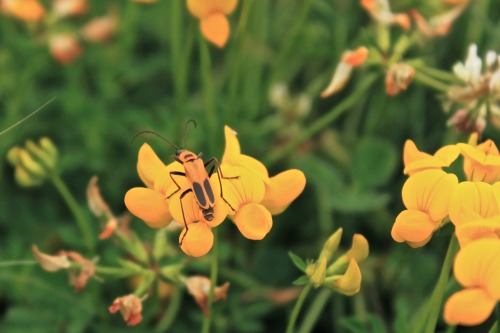#legume
Live your best plant-based life with this simple and delicious red lentil penne pasta recipe.
Barilla® Red Lentil Penne with Butternut Squash, Heirloom Carrots, Marjoram and Walnuts
Ingredients
1 box Barilla® Red Lentil Penne
4 tbs. extra-virgin olive oil, divided
½ small yellow onion, chopped
1 small butternut squash, diced into half-inch pieces
3 cups vegetable broth
3 multicolored heirloom carrots, sliced
2 tbs. fresh marjoram leaves
½ cup walnuts, chopped
Salt and black pepper, to taste
Directions
1. Bring a large pot of water to a boil.
2. Meanwhile, in a skillet, sauté sliced carrots with 1 tbs. of the extra-virgin olive oil over high heat for 3 minutes. Season with salt and pepper and set aside.
3. In another skillet, sauté chopped onion with half the olive oil for 3 minutes and then add the diced butternut squash and the vegetable broth. Season with salt and pepper and bring to a simmer, cooking butternut squash until it’s done.
4. Once the butternut squash is thoroughly cooked, remove skillet from heat, let ingredients cool and then process 1/3 of mixture in a blender until smooth. Pour the blended ingredients back into the skillet with the other 2/3 of sautéed butternut squash and onions.
5. Stir in the sautéed carrots.
6. Cook pasta according to package directions and then drain and toss the red lentil penne with the butternut squash and carrot mixture.
7. Stir in marjoram leaves and top with walnuts and drizzle with remaining olive oil before serving.
Photo + Recipe Credit:Barilla Executive Chef Lorenzo Boni
Post link
Albizia julibrissin is a tree from the bean family, Fabaceae, originating in Asia and introduced to Europe in the mid 1700s. The genus is taken from the name of the person who introduced it, Filippo deglo Albizzi, while the specific name comes from the original Persian word for the plant which translates to “silk flower.” Likewise, the common name for this plant, Persian Silk Tree, encompasses both the origin and one of many ways the tree is described. The fluffy flower clusters produce a very pleasant scent and draw in pollinators such as honeybees and butterflies who benefit from its nectar. It is primarily used as an ornamental plant in climates which experience hot weather and when a lot of extra water cannot be spared. Unfortunately the plant does have great potential to become invasive and the seed pods which burst in strong winds can spread the seeds widely. Furthermore, the seeds can lie dormant for long periods which makes that potential even more significant.
Post link



